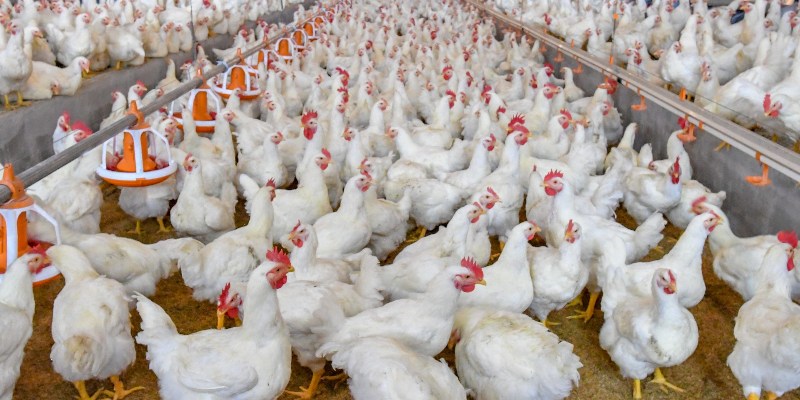
What are the Problems Faced by Broiler Farmers?
Broiler farming, a significant component of the poultry industry, is not without its challenges. Broiler farmers encounter various obstacles that can impact their operations, productivity, and overall profitability. Understanding these problems faced by broiler farmers is crucial for anyone involved in this sector.
1. Disease Management
One of the most pressing problems faced by broiler farmers is disease management. Infectious diseases such as avian influenza, Newcastle disease, and coccidiosis can devastate flocks, leading to significant financial losses. The rapid spread of these diseases requires constant vigilance and effective biosecurity measures. Farmers must invest in vaccines and medications while also maintaining strict hygiene protocols to mitigate outbreaks.
2. Feed Quality and Cost
The cost and quality of feed represent another critical issue for broiler farmers. Feed accounts for a substantial portion of production costs, often ranging from 60% to 70%. Fluctuations in feed prices, influenced by market demand and agricultural conditions, can severely affect profit margins. Additionally, poor-quality feed can lead to health issues in birds and inefficient growth rates, exacerbating the problems faced by broiler farmers.
3. Environmental Concerns
Environmental concerns are becoming increasingly prominent in broiler farming. Issues such as waste management, odors, and water pollution can lead to community resistance against poultry farms. Farmers must implement sustainable practices to minimize their environmental footprint, which often requires additional investment in technology and infrastructure. The pressure to comply with environmental regulations adds another layer of complexity to the problems faced by broiler farmers.
4. Labor Shortages
Labor shortages pose significant challenges for broiler farmers. The poultry industry often relies on migrant laborers who may be difficult to retain due to working conditions, pay rates, or migration policies. Finding skilled workers who can manage the intricacies of broiler farming—from feeding and monitoring bird health to operating machinery—can be a daunting task. This labor gap can hinder productivity and operational efficiency.

5. Market Fluctuations
Market fluctuations heavily influence the profitability of broiler farming. Prices for chicken can vary based on consumer demand, competition, and economic conditions. Farmers often struggle to predict market trends, leading to overproduction or underproduction. Such unpredictability can result in financial instability, making it one of the significant problems faced by broiler farmers. Establishing contracts or alliances may help mitigate some risks associated with market fluctuations.
6. Technological Adaptation
As technology advances, broiler farmers face the challenge of keeping up with new systems and practices. Innovations in genetics, nutrition, and automation can lead to improved efficiency and productivity. However, adopting new technologies often requires a substantial investment and training. Many farmers struggle with the pace of technological change and may miss out on potential benefits, contributing to the problems faced by broiler farmers.
7. Climate Change
Climate change is an emerging threat that affects agriculture globally, including broiler farming. Changes in temperature and weather patterns can impact bird health and growth rates. Heat stress can reduce feed intake and increase mortality rates among broilers. Furthermore, climate-related factors can affect feed supply chains, leading to increased costs and reduced availability. Adapting to these changes is becoming essential to ensure sustainability in broiler farming.
Conclusion
The problems faced by broiler farmers are multifaceted and interrelated. From disease management and feed costs to environmental concerns and technological adaptation, these challenges require proactive strategies and solutions. Addressing these issues is crucial for ensuring the sustainability and profitability of broiler farming. By understanding and tackling these problems, farmers can improve their operations and contribute positively to the poultry industry.
